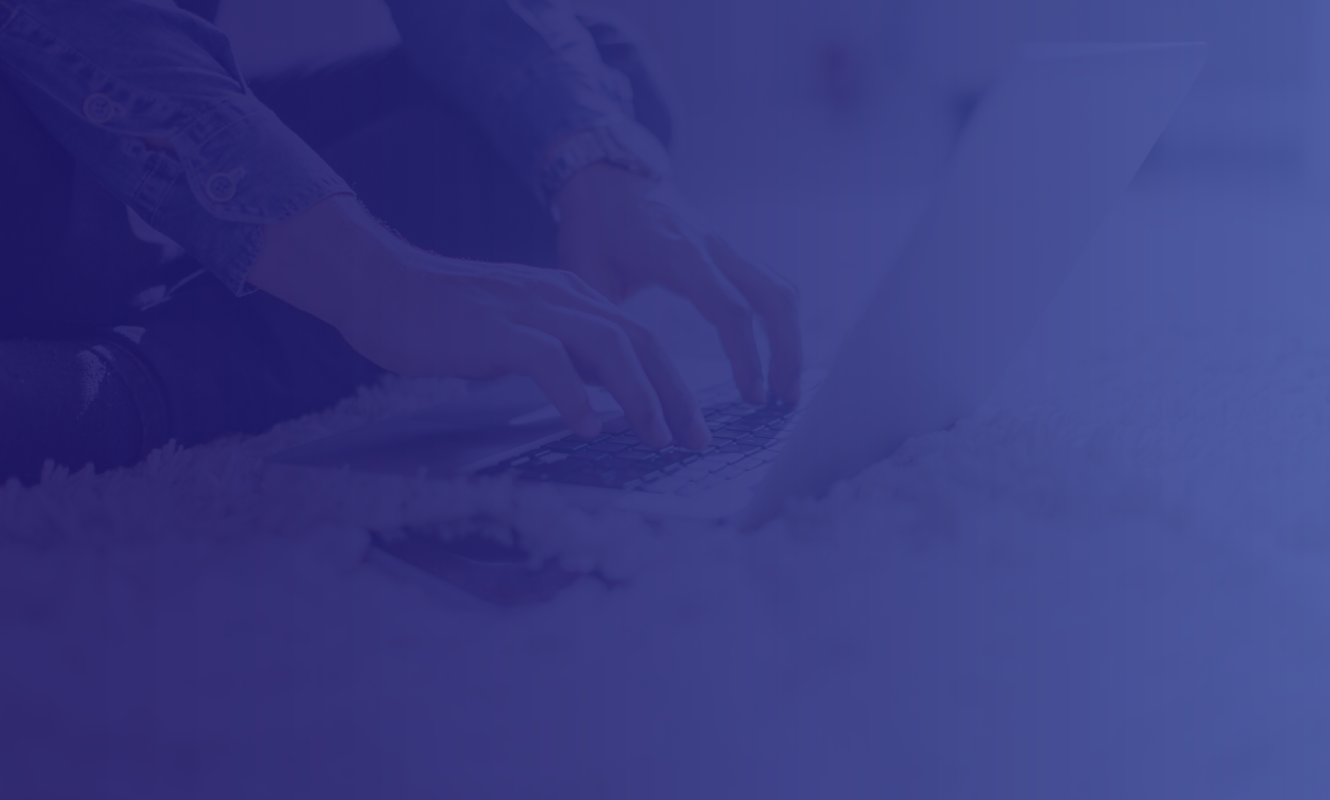.jpeg)
Getting a jump-start on your budget is an important first step in understanding your finances. Even if you think you have it all under control, without taking a deeper dive into your financial habits you may be missing some important opportunities for improvement.
Key Takeaways
- Understand your current financial situation by tracking spending, identifying debts, and recurring expenses.
- Choose a budgeting method that fits your lifestyle.
- Utilize Civista's Digital Banking Financial Tools for automated transaction tracking and categorizing, streamlined budget creation, and more.
- Open separate savings and checking accounts to track progress towards savings goals, manage expenses, and pay bills conveniently.
- Follow your budget diligently, reviewing account activity regularly to identify areas for improvement and stay on track.
Review Your Finances
Before starting your budget, you need to have a better understanding of your current financial needs and spending habits. Track your spending to spot trends as well as identify any debts and recurring expenses you may have.
While you could track your spending manually, your Civista Digital Banking Financial Tools can automate this process for you. In additional to your Civista accounts, these tools allow you to connect non-Civista deposit accounts, loans, retirement accounts and credit cards so you can view your total financial picture all from one place. All your accounts’ transactions will be automatically categorized and can be reviewed to spot trends and opportunities for savings.
Choose a Budgeting Method
When choosing a budgeting method to follow, think about the method that is right for you, and most importantly, the one that is achievable for your financial situation.
The 50/20/30 Rule
The 50/20/30 rule is a great option for beginners. In this method, monthly expenses are broken down into three groups – Needs, Savings & Debts, and Wants.
- Determine what spending categories make up your essential expenses or needs. This group should take up about 50% of your monthly income.
- Next, review your savings goals and debt obligations. This group should take up about 20% of your income.
- The remainder of your income, around 30%, can then be left for other spending or wants.
Digital Banking Budgeting Tool
As part of your digital banking’s financial tools, the budgeting tool allows you to create and visualize your budget. You can either start from scratch — setting dollar limits for each category of spending, or auto-generate a budget based on your spending history. If you choose to auto-generate your budget, you may need to adjust your spending limits to align with your financial goals.
Once you have your budget created, you’ll be able to track your progress each month and visually see when you’re getting close to exceeding your limits.
Know Your Tools for Success
Savings Account
Keeping your savings in a separate account will help you easily track your progress towards your savings goals, keep you from accidentally spending your savings, as well as, potentially earning you interest as you build your savings.
Civista offers a variety of savings options, including a basic savings account that has no minimum balance requirement for the first year to help you get started.
If you already have a savings started, make sure your account is working for you. Civista’s Money Market Investment Account gives savers the potential to earn higher rates with growing balances.
Other savings options available include Certificates of Deposit (CDs), Health Savings Accounts (HSAs), Holiday Savings Club Accounts, and Individual Retirement Accounts (IRAs).
Checking Account
A checking account is one of the most important tools for successfully following your budgeting plan. You’ll be able to track your income and your expenses, as well as pay bills with your checking account.
Civista offers several checking account options to fit your needs, from fee-free checking to interest-earning accounts. All of Civista’s checking accounts come with digital banking tools for easy access to your account and the ability to review your account activity from anywhere.
Open Your Civista Free Checking Online
Put Your Plan into Action
Now that you’ve determined your spending and savings goals and have the tools you need to succeed, try to follow your new budget. Remember you might not get it right every month. It’s important to review your account activity to find areas for improvement and to see when you need to reign in your spending. Be sure to use all of the financial tools you have at your disposal.
Don’t forget, small amounts can quickly add up and can take up a larger portion of your monthly budget than intended. For example, if you get coffee every day on your way to work, a $4.25 coffee can end up costing you $21.25 per week and $85.00 per month.
If you’d like to learn more about budgeting, visit the Creating a Budget course in the Civista Learning Vault. We also recommend trying out some of the Learning Vault’s related courses.
 Skip Navigation
Skip Navigation








